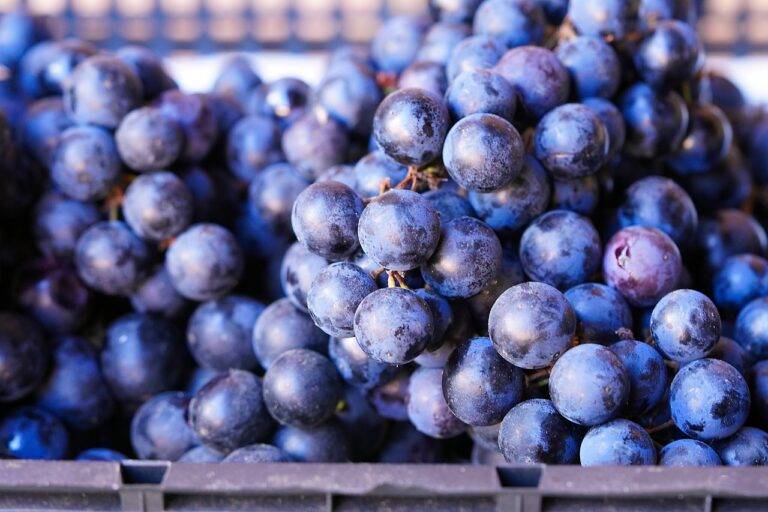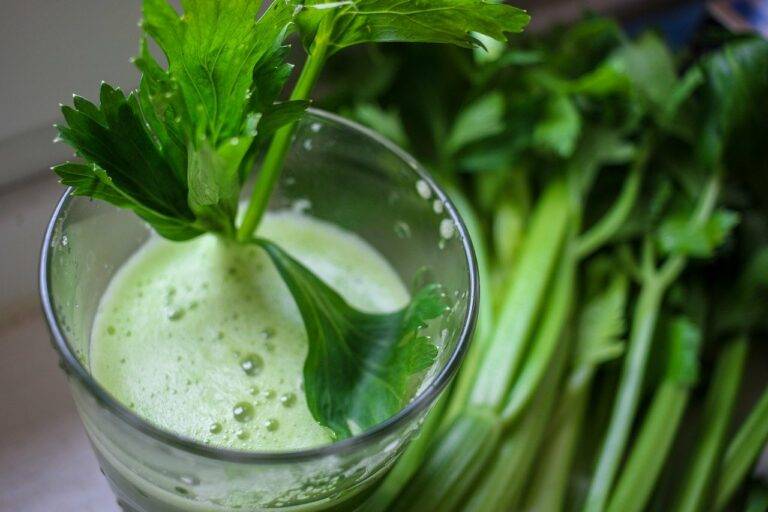Exploring the World of Traditional Italian Pasta
Italy is renowned for its vast array of pasta shapes, each with a unique history and purpose in traditional Italian cuisine. From the long strands of spaghetti to the tubular rigatoni, pasta variations cater to a myriad of tastes and preferences. The spiral-shaped fusilli, for example, is ideal for trapping chunky sauces, while the delicate nature of angel hair pasta pairs perfectly with light olive oil dressings.
Moreover, the bow-tie-shaped farfalle and the ear-like orecchiette offer not only distinctive appearances but also different textures that influence how they hold sauces. The iconic penne, with its cylindrical shape and angled cuts, is adept at clinging to robust sauces, making it a popular choice in pasta dishes. Understanding the diverse textures and shapes of traditional Italian pasta is crucial in uncovering the rich tapestry of flavors and food culture that have made Italian cuisine a global favorite.
History of Pasta Making in Italy
Pasta making in Italy has a long and rich history, dating back to ancient times. The art of pasta production was refined over the centuries by Italian cooks and food artisans, leading to the diverse array of pasta shapes we know today. This culinary tradition has been passed down through generations, with each region of Italy developing its own unique pasta shapes and recipes.
The introduction of dried pasta in Italy revolutionized the way Italians consumed and enjoyed this staple food. The invention of the first pasta machine in the 18th century further streamlined the pasta-making process, making it more accessible to the general population. Today, pasta continues to be a cornerstone of Italian cuisine, enjoyed around the world for its versatility and delicious taste.
What are some traditional Italian pasta shapes?
Some traditional Italian pasta shapes include spaghetti, fettuccine, rigatoni, penne, and farfalle.
When did pasta making first begin in Italy?
Pasta making in Italy dates back to ancient times, with evidence of pasta production dating as far back as the 1st century AD.
How did pasta making evolve in Italy over the centuries?
Pasta making in Italy evolved over the centuries, with different regions developing their own unique pasta shapes and recipes. The introduction of durum wheat in the 16th century revolutionized pasta making in Italy.
What role does pasta play in Italian cuisine today?
Pasta is a staple in Italian cuisine and is enjoyed in a wide variety of dishes, from classic spaghetti bolognese to creamy carbonara.
Are there any regional variations in pasta making in Italy?
Yes, each region in Italy has its own traditional pasta shapes and recipes, reflecting the diverse culinary heritage of the country.
What are some common ingredients used in traditional Italian pasta making?
Common ingredients used in traditional Italian pasta making include durum wheat semolina, eggs, water, and salt. Some recipes may also call for additional ingredients like spinach or squid ink for color and flavor.
Is fresh pasta or dried pasta more popular in Italy?
Both fresh and dried pasta are popular in Italy, with each being used in different types of dishes. Fresh pasta is often preferred in dishes like ravioli and lasagna, while dried pasta is commonly used in everyday meals.





